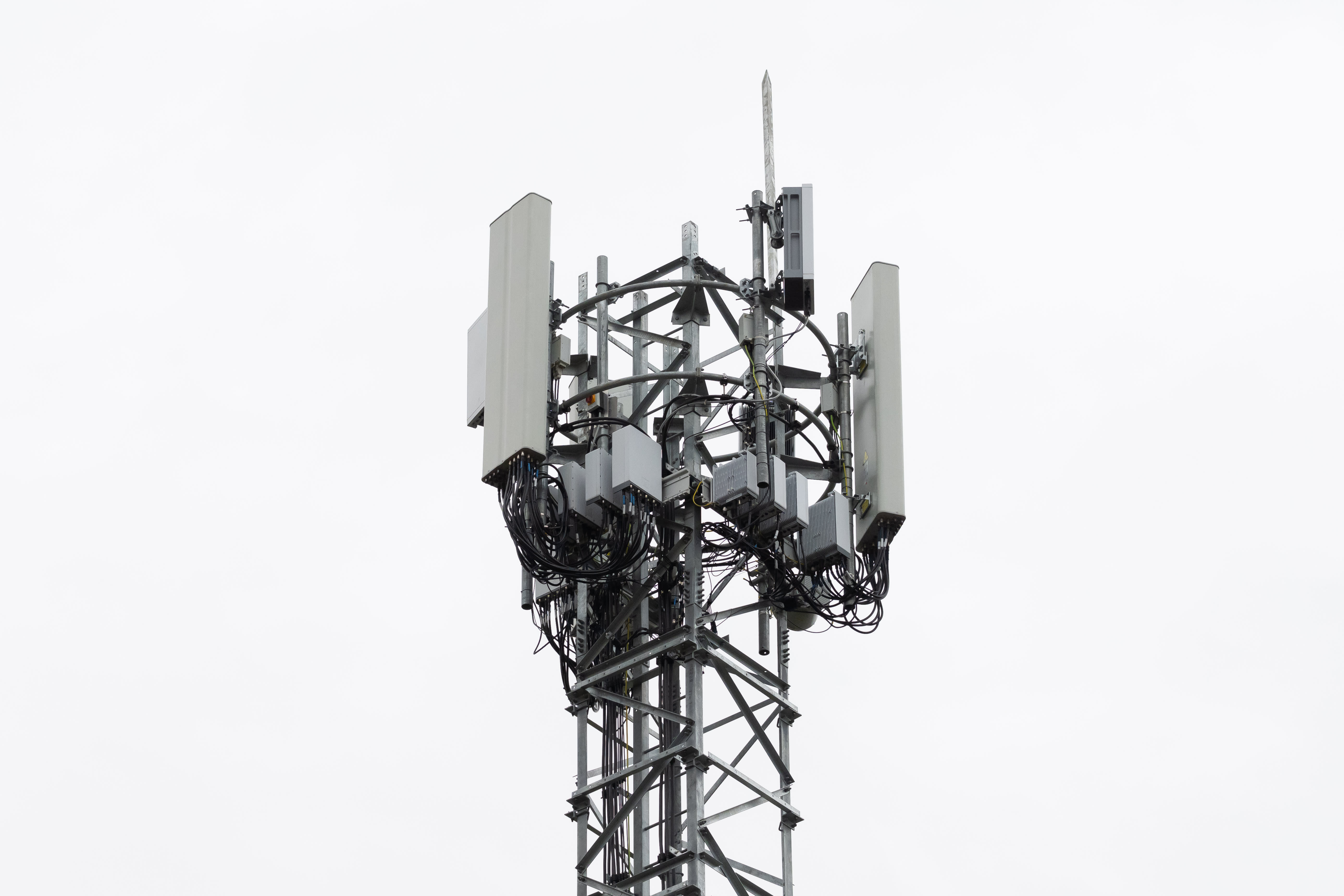What is the safest distance from a 5G cell Structure?

If you've ever been through a city you might have noticed tiny cell towers for 5G on street light poles. They look like little boxes however they're actually sending wireless signals from cell phone providers to your phone.
These smaller towers are replacing larger specially-designed cell towers. While they're less noticeable however, they could create issues for users.
It is the of the FCC's Radiation Exposure Thresholds
The FCC's Radiation Exposure Thresholds define the safe limit at which one can expose to electromagnetic radiation from wireless devices. The limits of exposure are based upon scientific research which show that the energy of RF could be harmful to human health.

The absorption rate specific (SAR) is an indicator of the radiofrequency energy that is absorption by tissues. https://pastelink.net/mgx0isik is typically 1.6 watts per kilogram, spread over a Gram of tissue.
However, because 5g transmits at higher frequencies this could be able to increase the intensity of energy on the skin and other exposed body parts. This can lead to various possible harms, such as an increase in the development of skin conditions like dermatitis, skin cancer and cataracts.
Because of the potentially negative effects of 5G radiation, PSU has chosen to set a general localized power density limit of 4 mW/cm2 averaged across 1 centimeter, and not to exceed 30 minutes for all 5G services at 3000 GHz. This localized limit is in accordance with the peak SAR spatial-average of 1.6 W/kg averaged over 1 grams of tissues at six GHz.
The FCC's Maximum Exposure Thresholds
In the event that you've used cell phone, you probably know that the safest location from the tower is around 400 meters away. This is because the power of transmission from the cell tower is significantly increased the further the tower is.
While this sounds like a good idea, the reality is that those living close to towers might be more susceptible to health issues. For instance, a study conducted in 2014 in India discovered that people who lived within 50m of cell towers had significantly more health complaints than those who lived farther away from the antennas.
However, this study also revealed that those who relocated to areas that were further from cell towers noticed their symptoms improve within a couple of days. Studies have also demonstrated that exposure to extreme amounts of electromagnetic field radiofrequency (EMFs) could cause brain tumors, cancer as well as other health issues.
This is because the RF radiation used in wireless communication can penetrate the human body's outer layer, which is the skin. This is important to understand because the skin serves as a shield against mechanical injury, infection by pathogenic microorganisms, and the entry of harmful substances. Additionally, it is the largest organ of the human body. It is responsible for protecting other organs.
Visit this link are based on many assumptions that aren't supported by scientific research. These include the erroneous assumption that short-term exposures to RF radiation is safe due to minimal absorption into body (i.e. the heating of tissues).
The assumption also ignores the greater penetration of ELF components of modulated RF signals as well as the effect on the body of short bursts generated by RF waves that are pulsed. These assumptions do not correspond with the current understanding of biological consequences of RF radiation. As such, they should not be considered for health protection exposure standards.
Furthermore there is the fact that both ICNIRP and FCC are limiting the maximum limits of exposure to peak local SARs that are based on the peak spatial specific absorption rate (psSAR), which can be described as not a reliable dosimetric instrument to determine the degree of radiation exposure. In particular, psSAR is inaccurate when frequencies exceed 6 GHz. In what is a safe distance from a 5g cell tower , psSAR is not been evaluated for RF radiation with co-exposure to other agents of the environment such like sunlight. Interactions of RF radiations with different environmental agents could result in antagonistic or synergistic impacts. This could result in an increased risk of adverse health consequences. For example, co-exposure to RF radiation with sunlight may raise the chance of skin cancer, as well as aggravate other skin diseases such as acne.
